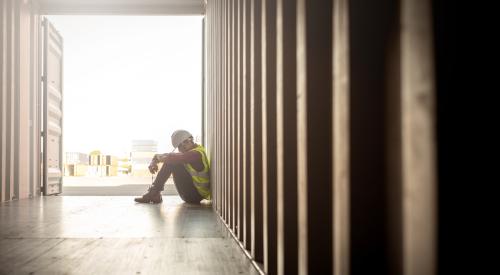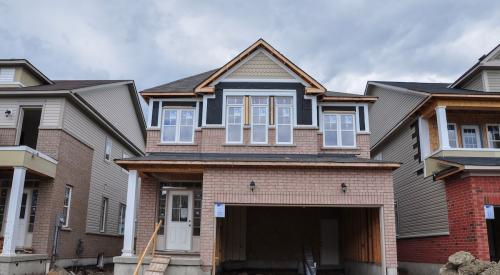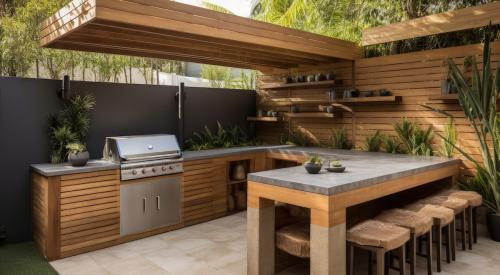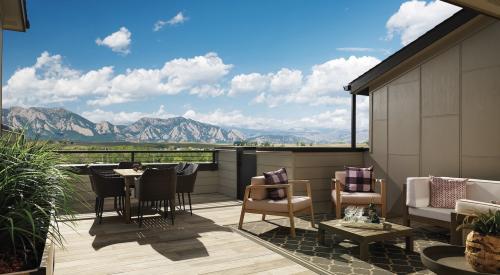Going through a crisis reveals what is truly important, and opulent, luxury finishes may mean less in future home design than flexible work spaces and well-stocked refrigerators. Forbes asked five architects to weigh in on how they think the pandemic may change what homeowners want in their living spaces. They predict that design is going to go back to the basics by maximizing space and beefing up essential rooms of the home such as the kitchen. Even better? Flexible, modular spaces that allow homeowners to adapt on a dime.
We're not the only ones eyeballing our homes' designs while sheltering in place. Also closely scrutinizing residential America are architects and designers. Many believe the pandemic's effects will alter the look and function of tomorrow's single- and multifamily residences.
Ways change could shape future homes are constrained only by architects' imaginations. Homes of tomorrow could feature furniture with antimicrobial and easy-to-clean fabrics and materials. They could include storage for cleaning supplies and frozen foods, adaptable room layouts to allow for multiple functions from bedroom to home gyms, and touchless sensor-operated appliances to limit germ spread from one household occupant to another.
What follows are five individual architects' and designers' views on how COVID-19 will influence the residential design we glimpse in the post-COVID world.













